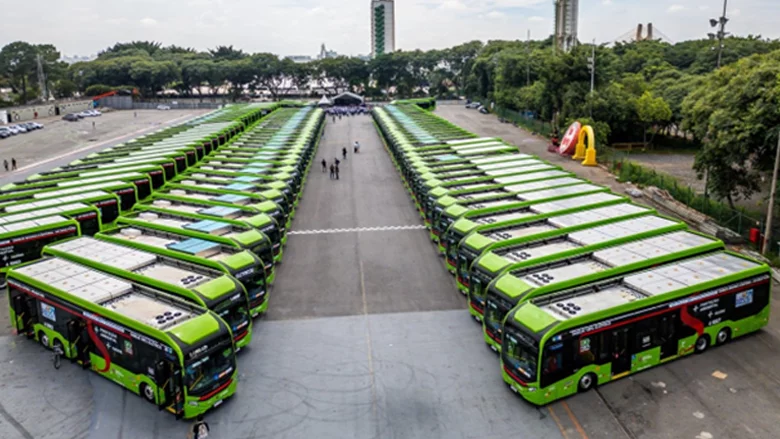This paper summarizes technical, financial, and performance information regarding bus system improvements in 11 cities in Latin America and Asia. The cities selected in this review improved their transport conditions either through citywide bus reorganizations (São Paulo, Brazil; Santiago, Chile) or through improvements in selected corridors and areas of the city (Beijing; Bogotá and Pereira, Colombia; Curitiba, Brazil; Jakarta, Indonesia; León and Mexico City, Mexico; and Quito and Guayaquil, Ecuador). Both citywide reorganizations and corridor improvements included the introduction of bus rapid transit (BRT) elements. The reviewed systems improved the transport conditions for the commuters served and had other benefits, particularly the reduction of pollution and accidents. The BRT corridors implemented show high performance (carrying 3,000 to 45,000 passengers per hour per direction) and have generally been well received by the users, with relatively low capital investments (1.4 million/km to8.2 million/km) and small or no operational subsidies. The systems have faced problems related to planning, implementation, and operations, mostly as a result of institutional and financial constraints. Most problems were solved in the initial months after implementation. The experiences in developing cities show the potential of BRT for a wide range of applications, from medium-demand to very-high-demand corridors. Lessons learned from these applications are useful for the development of similar projects.











